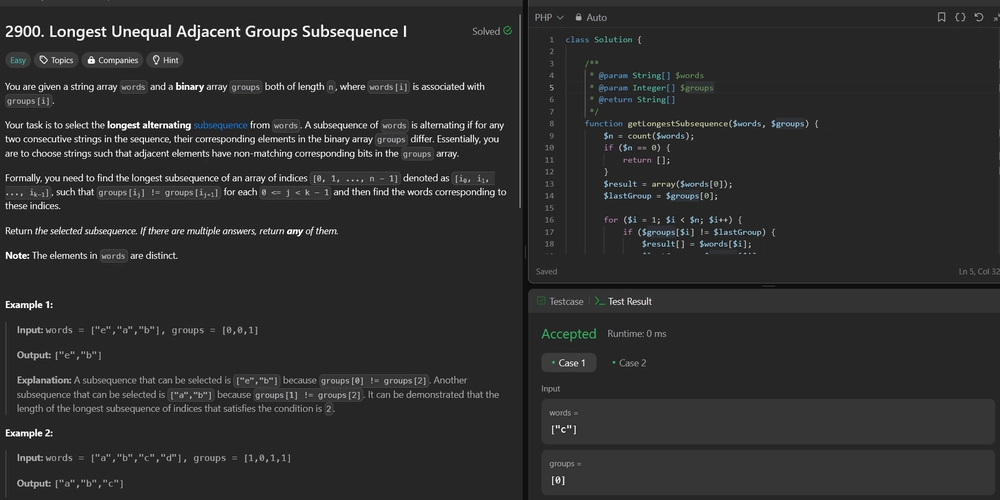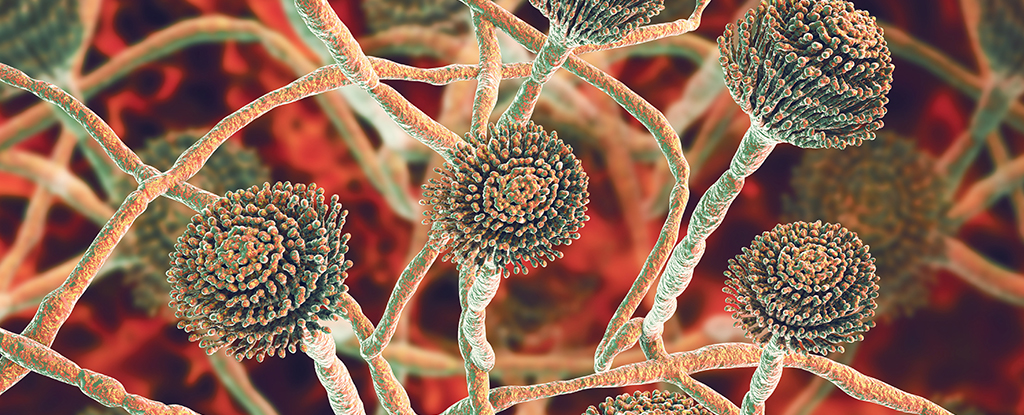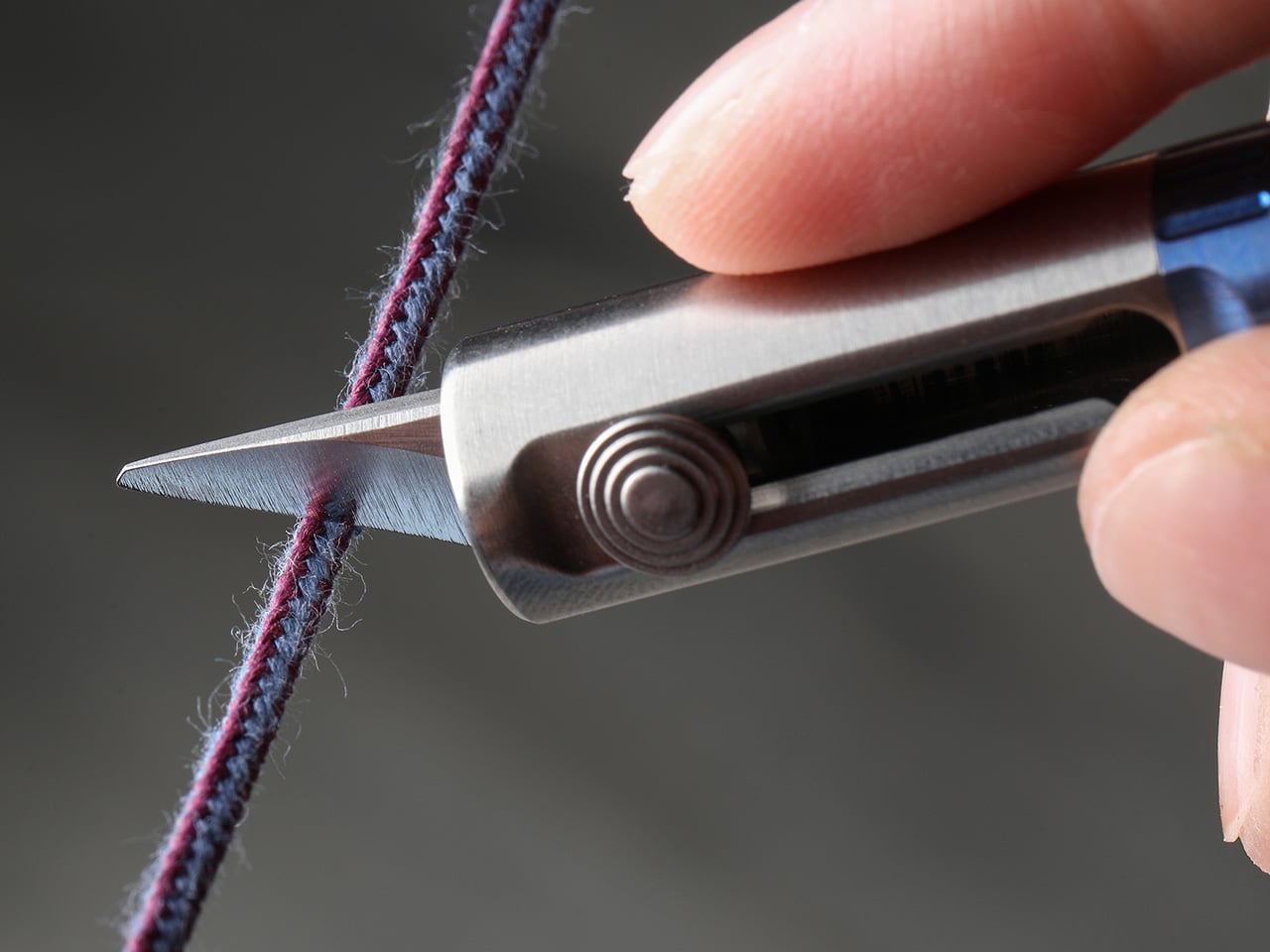How Does ADHD Look Different in Girls?
Discover how ADHD symptoms differ in girls, why they're often missed, and how ADHD therapy and treatment can help.

When most people hear the words attention deficit hyperactivity disorder (ADHD), they tend to imagine a young, rambunctious boy who can't sit still or concentrate. But this image ignores a large segment of the ADHD population—girls. Girls with ADHD have been underdiagnosed and misunderstood for years because their symptoms tend to differ from those in boys.
As awareness grows, so does the understanding that ADHD affects both genders—but not always in the same way. In this blog, we’ll explore how ADHD looks different in girls, why it often goes unnoticed, and how ADHD therapy and ADHD treatment can be better tailored to meet their unique needs.
The Underdiagnosis of Girls with ADHD
ADHD is usually diagnosed in childhood, but research indicates that boys tend to be diagnosed at an earlier age than girls. This is partially because diagnostic criteria have long been gendered according to the ways in which boys are assumed to present symptoms—i.e., hyperactivity and impulsivity.
However, women are more likely than men to have the inattentive subtype of ADHD. They will not get into trouble or misbehave, but rather:
- Daydream a lot
- Have trouble following directions
- Seem "spacey" or not concentrating
- Can't stay organized
- Seem forgetful or easily distracted
Since these symptoms are less interfering, teachers and parents can misinterpret them as laziness, lack of interest, or emotional immaturity instead of ADHD.
Differences Between Girls' and Boys' ADHD Symptoms
1. Inattentiveness Rather Than Hyperactivity
Internalised symptoms are more common in girls with ADHD. While boys are likely to get in trouble for restless behaviour or acting impulsively, girls will quietly struggle, with their issues going unremarked for years.
2. Increased Emotional Sensitivity
Most girls with ADHD have very intense emotional reactions. They become overwhelmed by criticism, are sensitive to rejection, or have constant mood swings. This emotional dysregulation is usually confused with depression or anxiety, which can complicate an accurate diagnosis of ADHD.
3. Social Challenges
It's possible that girls with ADHD struggle in social situations. They may not pick up on social cues, talk over others, or have trouble keeping friends. Yet, since they usually work harder at "masking" these problems, they become tired or stressed out in the long run.
4. Lower Self-Esteem
Since their symptoms are frequently misinterpreted or disapproved of, girls with ADHD have a higher chance of low self-esteem, particularly when they reach adolescence. They can feel like they're always failing, even if they do their best.
The Dangers of Delayed Diagnosis
Untreated ADHD in girls can have significant long-term effects. If left unsupported, girls will:
- Develop anxiety or depression
- Show poor academic performance
- Struggle with eating disorders or self-injury
- Have poor time management and organizational skills as adults
- Face challenges in career stability and relationships
By the time many women are diagnosed as adults, they've already spent years feeling "different" without knowing why.
Tailoring ADHD Therapy for Girls
Now that we understand how ADHD impacts girls differently, it's important to adapt ADHD therapy to suit. Girls tend to thrive with a holistic, strengths-based approach that deals with both behavioural symptoms and emotional well-being.
1. Cognitive Behavioral Therapy (CBT)
Girls can understand how their ideas and feelings impact their behaviour with the help of CBT. It's particularly useful for dealing with co-occurring anxiety or depression that frequently goes hand-in-hand with ADHD in girls.
2. Executive Function Coaching
Coaching can assist girls with implementing real-world strategies for planning, organisation, and time management—abilities many with ADHD have difficulty mastering.
3. Parent and Teacher Training
When parents and educators understand how ADHD manifests in girls, they can provide more compassionate and supportive environments, reducing shame and blame.
4. Social Skills Training
This can be helpful for girls who struggle with friendships or peer relationships. Learning how to interpret social cues and build confidence can make a huge difference.
ADHD Treatment Options
Girls, just like boys, can benefit from medical interventions. ADHD treatment approaches need to be customised at all times and may involve:
- Stimulant medication, such as methylphenidate or amphetamines
- Non-stimulant medications for individuals who don't respond to stimulants
- Behavioral interventions that target school performance as well as emotional management
- Psychotherapy for coexisting disorders, such as anxiety or eating disorders
Most girls profit from an integrated treatment protocol that combines medication with behavioural therapy. They are not trying to "fix" them but help them learn to do well in school, in relationships, and in life.
Conclusion
Girls' ADHD is real—and it typically resembles very little of what's been painted by old-school models. Identifying these discrepancies allows us to serve girls better through proper diagnosis, early treatment, and evidence-based ADHD therapy and ADHD treatment.
When girls are given what they require—understanding and resources—they do more than live with their symptoms—they flourish. The more that we break stigmas and adapt support according to their processes, the better their future gets.














































































